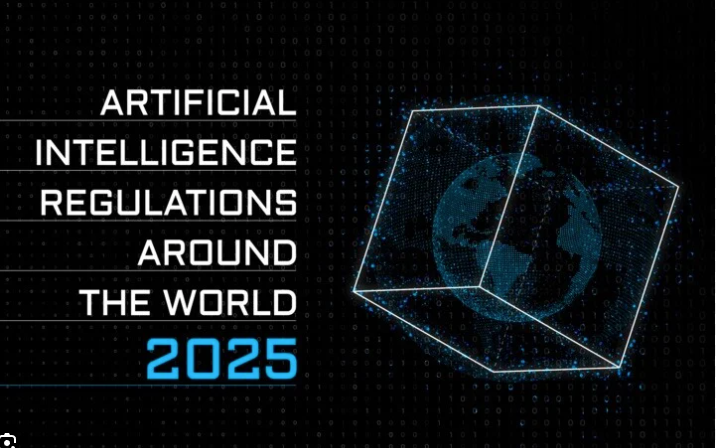
-
Table of Contents
- AI Regulation Updates: Navigating the Evolving Landscape
- Why AI Regulation Updates Matter Now
- Global Perspectives on AI Regulation Updates
- EU’s AI Act: A Risk-Based Framework
- U.S. Approach: Sector-Specific Guidelines
- China’s Focus on AI Governance
- Key Challenges in Implementing AI Regulation Updates
- How Businesses Can Adapt to AI Regulation Updates
- Conduct Risk Assessments
- Invest in Transparency
- Stay Informed
- The Future of AI Regulation Updates
- Final Thoughts
AI Regulation: Navigating the Evolving Landscape
AI regulation updates are transforming how businesses and governments approach artificial intelligence. With rapid advancements in AI, policymakers worldwide are scrambling to create frameworks that balance innovation with ethical concerns. If you’ve been struggling to keep up, this guide will help you understand the latest developments and their implications.
Why AI Regulation Matters Now
The rise of generative AI, deepfakes, and autonomous systems has made regulation urgent. Governments recognize the need to mitigate risks like bias, privacy violations, and job displacement. For instance, the EU’s AI Act sets strict rules for high-risk AI applications, while the U.S. leans toward a sector-specific approach.
Key drivers behind recent AI regulation updates include:
- Ethical concerns: Bias in AI algorithms can perpetuate discrimination.
- Transparency demands: Users want to know how AI systems make decisions.
- Security risks: Malicious actors can exploit AI for cyberattacks or misinformation.
Global Perspectives on AI Regulation
Different regions are adopting varied strategies. Below, we break down the most significant regulatory movements.
EU’s AI Act: A Risk-Based Framework
The EU’s AI Act, passed in 2024, categorizes AI systems by risk level. High-risk applications, like those used in healthcare or law enforcement, face stringent requirements. Companies must ensure transparency, human oversight, and robust data governance. Non-compliance can result in fines up to 7% of global revenue.
U.S. Approach: Sector-Specific Guidelines
Unlike the EU, the U.S. lacks a comprehensive federal AI law. Instead, agencies like the FTC and FDA regulate AI within their domains. For example, the FDA oversees AI in medical devices, while the FTC monitors deceptive AI practices.
China’s Focus on AI Governance
China has introduced strict rules for generative AI, requiring security assessments and content moderation. The government emphasizes control over data and algorithms, aligning with its broader tech governance strategy.
Key Challenges in Implementing Regulation Updates
Despite progress, several hurdles remain. Policymakers must address these issues to create effective frameworks.
- Rapid technological change: Laws struggle to keep pace with AI advancements.
- Global coordination: Divergent regulations can create compliance headaches for multinational firms.
- Enforcement gaps: Many countries lack the resources to monitor AI systems effectively.
For deeper insights, check out our related articles on AI ethics frameworks and global AI policies.
How Businesses Can Adapt to AI Regulation Updates
Companies must stay proactive to navigate this shifting landscape. Here’s how:
Conduct Risk Assessments
Identify whether your AI systems fall under high-risk categories. If so, prioritize compliance measures like audits and documentation.
Invest in Transparency
Users increasingly demand explainability. Tools like IBM’s Explainable AI can help demystify AI decisions.
Stay Informed
Subscribe to regulatory updates and engage with industry groups. Our article on AI compliance strategies offers additional tips.
The Future of AI Regulation Updates
Experts predict more harmonized standards as AI becomes ubiquitous. International bodies like the OECD and UN are working toward global guidelines. Meanwhile, public-private partnerships will play a crucial role in shaping balanced policies.
Final Thoughts
AI regulation updates are reshaping the tech landscape, demanding attention from businesses and policymakers alike. By understanding current trends and preparing for future changes, organizations can thrive while adhering to ethical and legal standards. Stay proactive, prioritize transparency, and leverage available resources to stay ahead.


Leave a Reply